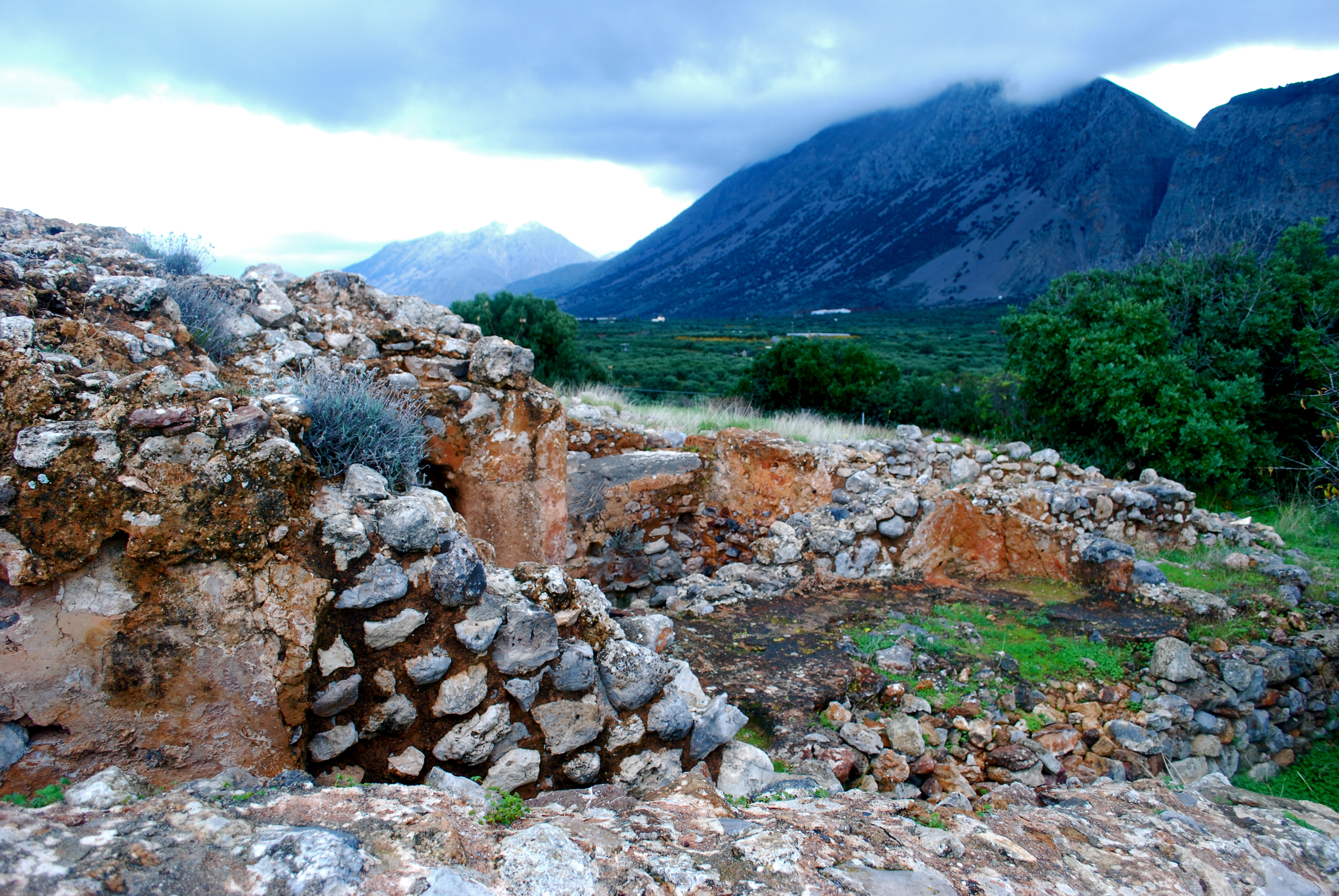Vasiliki, Lasithi on:
[Wikipedia]
[Google]
[Amazon]
 Vasiliki is the name of a village in the municipality of
Vasiliki is the name of a village in the municipality of
 Vasiliki was first excavated 1903-1906 by American
Vasiliki was first excavated 1903-1906 by American
Minoan settlement of Vasiliki
minoancrete.com There's another important archaeological site nearby, Priniatikos Pyrgos, roughly contemporary with Vasiliki. It contains many examples of Vasiliki ware.
 Vasiliki is the name of a village in the municipality of
Vasiliki is the name of a village in the municipality of Ierapetra
Ierapetra (; ancient name: ) is a Greece, Greek city and municipality located on the southeast coast of Crete.
History
The town of Ierapetra (in the local dialect: Γεράπετρο ''Gerapetro'') is located on the southeast coast of Crete, sit ...
, in the prefecture of Lasithi
Lasithi () is the easternmost regional unit on the island of Crete, to the east of Heraklion. Its capital is Agios Nikolaos, the other major towns being Ierapetra and Sitia. The mountains include the Dikti in the west and the Thrypti in the ...
, on Crete
Crete ( ; , Modern Greek, Modern: , Ancient Greek, Ancient: ) is the largest and most populous of the Greek islands, the List of islands by area, 88th largest island in the world and the List of islands in the Mediterranean#By area, fifth la ...
, and the name of the nearby Minoan
The Minoan civilization was a Bronze Age culture which was centered on the island of Crete. Known for its monumental architecture and Minoan art, energetic art, it is often regarded as the first civilization in Europe. The ruins of the Minoan pa ...
archeological site. The site took its name from the village.
Geography
Vasiliki lies on a small hill in the north of the Ierapetra isthmus. It is located about 2 km inland from the north coast of Crete and the Mirabello Bay. The nearby archaeological site of Priniatikos Pyrgos is about 7 km to the north-west. The exit of the impressive Ha Gorge is located nearby.Archaeology
 Vasiliki was first excavated 1903-1906 by American
Vasiliki was first excavated 1903-1906 by American archaeologist
Archaeology or archeology is the study of human activity through the recovery and analysis of material culture. The archaeological record consists of Artifact (archaeology), artifacts, architecture, biofact (archaeology), biofacts or ecofacts, ...
R. B. Seager. Nicolas Platon continued excavations in 1953. In 1970, A. A. Zois began meticulous work that lasted until 1982, and returned to the site again in 1990 to continue the work.
The Minoan village was in use from EMIIA to LMIA. The first structures were constructed during EM IIA period. These buildings were destroyed and new buildings went up during EM IIB.
From about 2500 BC onwards, the culture of Vasiliki resembled art elements as other Cretan sites such as Knossos
Knossos (; , ; Linear B: ''Ko-no-so'') is a Bronze Age archaeological site in Crete. The site was a major centre of the Minoan civilization and is known for its association with the Greek myth of Theseus and the minotaur. It is located on th ...
and Trapeza based upon pottery finds. A nearby tomb
A tomb ( ''tumbos'') or sepulchre () is a repository for the remains of the dead. It is generally any structurally enclosed interment space or burial chamber, of varying sizes. Placing a corpse into a tomb can be called '' immurement'', alth ...
from LMIII was once discovered, but the location has not been rediscovered.
Vasiliki ware
The site includes houses, many Vasiliki-ware pottery finds and a paved courtyard. The distinctive pottery found at this site and named Vasiliki Ware is not unique to Vasiliki. It was also produced at several other sites and widely distributed elsewhere. The first examples of Vasiliki Ware are to be found in East Crete during EM IIA period, but it is in the next period, EM IIB, that it becomes the dominant form among the fine wares throughout eastern and southern Crete.minoancrete.com There's another important archaeological site nearby, Priniatikos Pyrgos, roughly contemporary with Vasiliki. It contains many examples of Vasiliki ware.
References
External links
* http://www.minoancrete.com/vasiliki.htm {{Minoan civilization Ierapetra Minoan sites in Crete